It used to be the case that you could specialize in one thing, do it really well, and that’d be your career for the next 40+ years of your life. I remember chatting with someone at a United Way fundraiser and he told me that he had been working with CP Rail since high school and he was on the verge of retirement. He took on a gig one summer, learned the ropes on the job, and stuck around for the next 50 years of his life.
He wasn’t doing exactly the same job the whole time, of course, but he really had been working not only at the same company, but actually at the same rail yard for his entire adult life. And he couldn’t have been happier about that kind of job security, a situation that is increasingly rare in today’s economy and marketplace.
These days, you need to be versatile and roll in with a multitude of skills. You need to adapt and learn on the fly, gaining new knowledge and abilities all along the way. As such, if you’re going to be a “content creator” on the Internet, you need to develop some level of comfort with all kinds of content, from written blogs to podcasts to visual content to videos and more. And you’ll need the right tools for the job.
Canva
When I first started with YouTube, I just let the platform automatically select a still frame from the uploaded video to serve as my thumbnail. I took this route for the longest time, as I really wasn’t taking YouTube all that seriously. Then, I start fiddling around in PhotoShop to make custom thumbnails, but I’m hardly the most artistic person. These days, I use Canva to do all (or at least most) of my thumbnails.
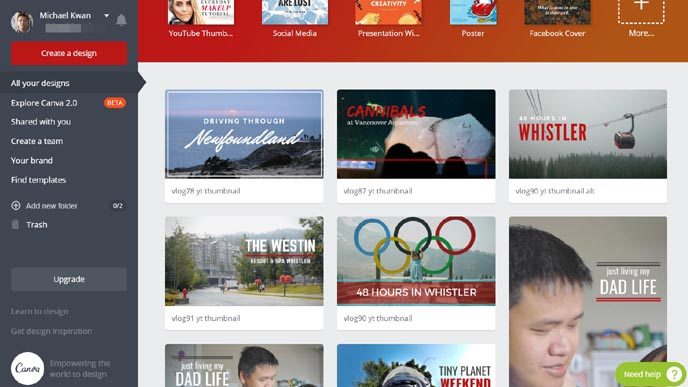
While there is a paid tier and there are available microtransactions for premium content (like stock images or premium templates), you can use Canva completely for free. I use it primarily for my YouTube thumbnails as an easy image editor based on a number of pre-designed templates. However, Canva is great for all sorts of graphics, from Instagram posts to Facebook posts, from flyers to book covers.
You don’t really need to have any sort of advanced technical know-how, since you can always start from a template with a look that approximates what you want. Then, it’s just a matter of uploading your own images and editing in your own text.
FocusWriter
This may or may not be the approach you want to take with all your writing. It might not necessarily be the best way to go about writing your regular blog posts. For longer form content or where you need to throw every distraction aside, FocusWriter is one of the simplest and most feature-free text editors you’ll find.
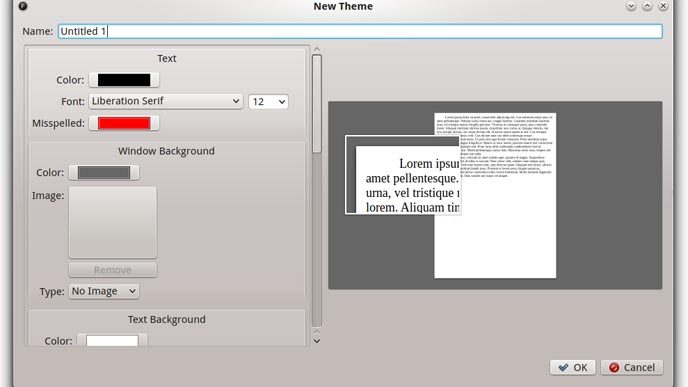
Myself, I tend to use Notepad on my Windows machine. Even then, though, I can’t help but to glance over at my open Chrome tabs or get distraction by Facebook notifications. With FocusWriter, you can conceivably cast all of that aside and center all your attention on the words you’re putting on the page.
Of course, if you want a more robust word processor with more features, there’s always Microsoft Word. For collaboration, Google Docs is tremendous and the Hemingway App can help to improve your writing by offering actual, actionable feedback on word choice and structure.
Open Broadcaster Software
You might remember when I mentioned OBS as one of the easiest (and free!) ways to record a screencast. It’s great for when you want to offer an online tutorial or include part of your screen in a vlog. Video is far more compelling than a static screenshot.
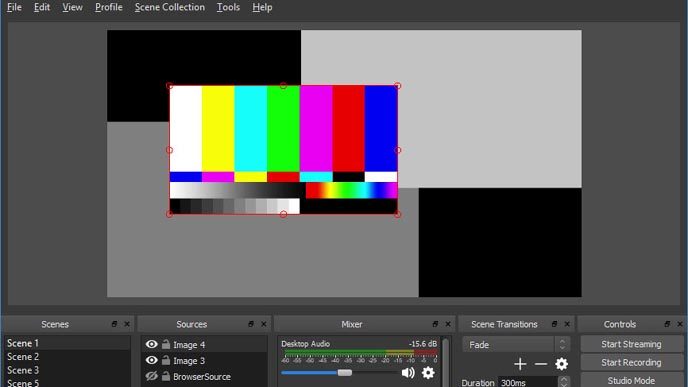
Since the time that I first wrote that post, they’ve upgraded the software to a new version of OBS Studio with a more modern interface and more robust feature set. Available for Windows, macOS and Linux, OBS Studio is free and open source software.
Set as many scenes and sources as you’d like, putting together custom layouts that are as simple or as complex as you want. Now you’re able to tap into an audio mixer from the main interface, adjusting your audio levels coming from the desktop audio, video capture device, or your USB microphone, for instance. There are also scene transitions, including the ability to set their duration.
Trello
Even if you work for yourself, by yourself, and you have no need to collaborate with anyone on the projects on your place, a project management platform like Trello can really help to keep you on track. You can break down your project into manageable tasks and sub-tasks, ensuring that nothing slips through the cracks.
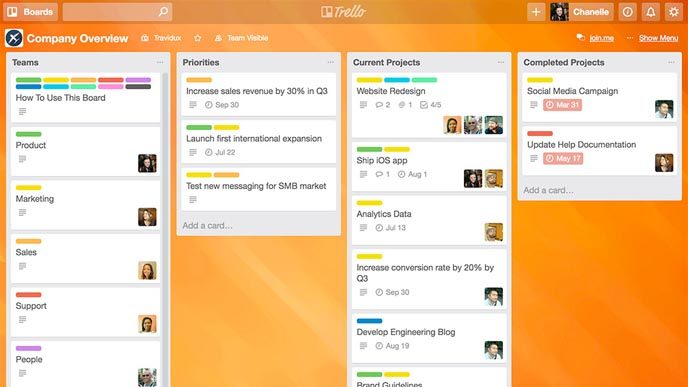
Trello boards operate on the same fundamental philosophy as kanban boards. What this means is that each task is its own card (you can put additional attributes like sub-tasks within each card). From there, the objective is to move the card across your columns until it reaches the “done” column at the far right. This helps to identify bottlenecks and track progress from a wide perspective.
Audacity
OBS Studio is great for handling some of the video aspects of your content creation strategy. And FocusWriter or Hemingway App can go a long way in helping with your writing sessions. For audio, it doesn’t get much better than Audacity, which is also available for free.
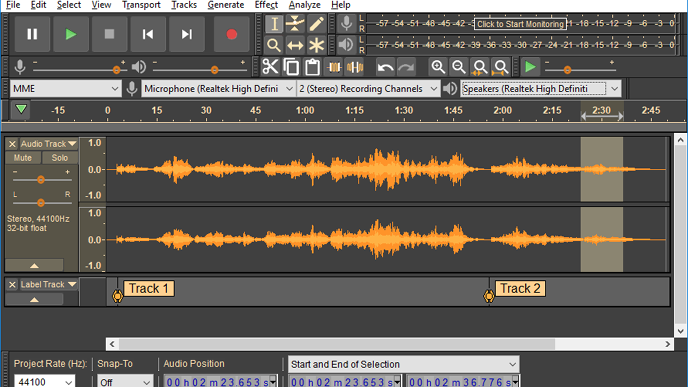
Podcasts are an obvious example here, but it could be any kind of audio really. Adjust levels, mix tracks, change settings, trim, crop, speed up, slow down, and more.
If you plan on having guests on your podcast, for instance, then you might also want to give Zencastr a go. Your guest simply click on the link you provide them (they don’t need to make an account) and the platform will record your conversation in high quality MP3 format to use as you see fit. The free tier only allows for up to two guests and 8 hours per month, so you might consider the $20/month professional plan for more features.
Do you have a favorite tool that you use on a regular basis?
